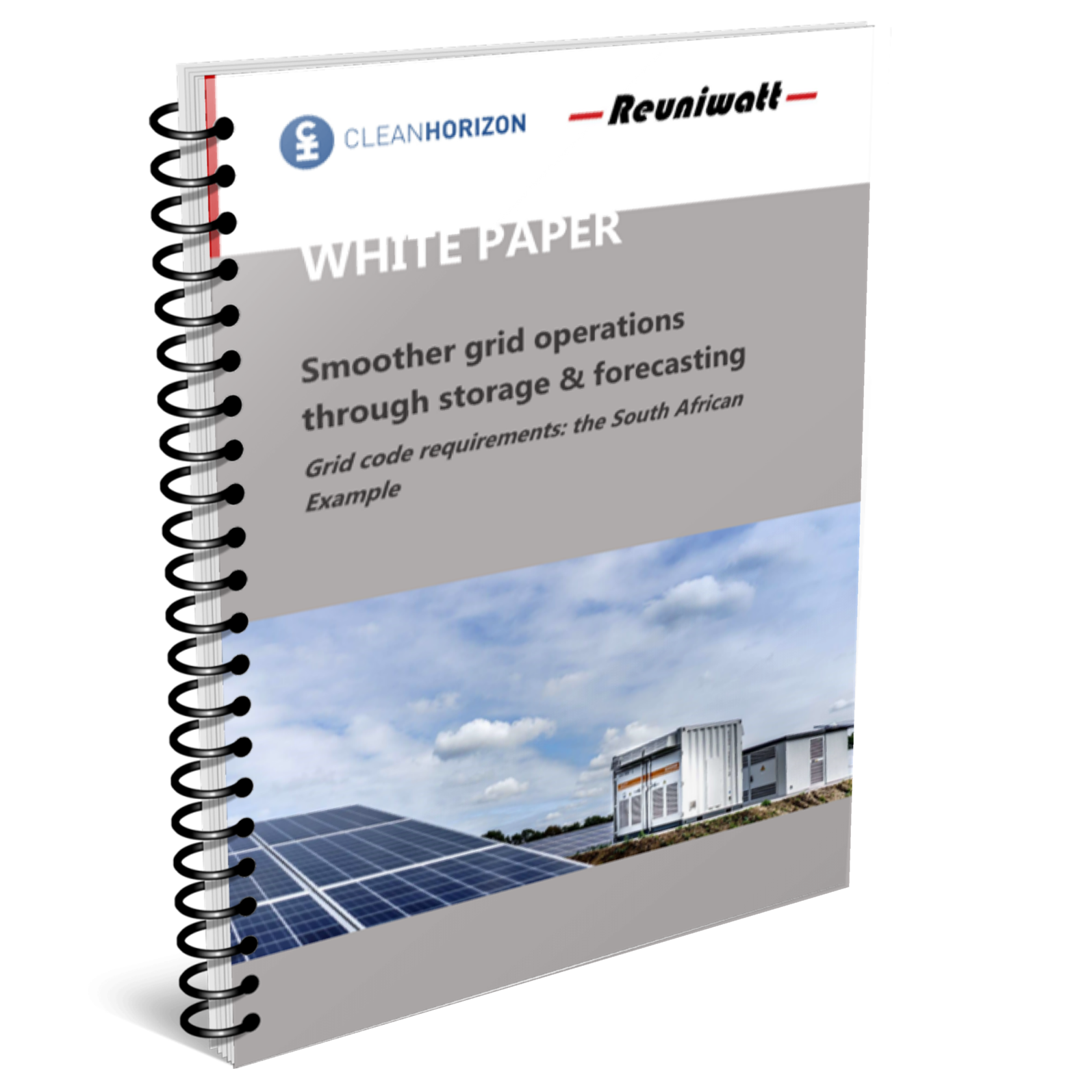Forecasting renewable energy production is a cornerstone of efficient integration of solar and wind power into the grid. High-quality forecasts enable stakeholders to plan grid operations, reduce reserve requirements, optimize energy trading, and increase the reliability of energy systems. Effective forecasting solutions must consider various parameters such as irradiance, cloud motion, wind speed and direction, local terrain effects, and system-specific characteristics.

Day-ahead Forecasts
Day-scale forecasting
Reuniwatt’s DayCast™ solution provides day-ahead wind and solar forecasts based on satellite imagery and numerical weather prediction.
Intraday Forecasts
Hour-scale forecasting
The HourCast™ product delivers accurate intraday solar and wind power forecasts up to 6 hours ahead. It is used for grid balancing and market operations.
Intra-hour Forecasts
Minute-scale forecasting
InstaCast™ enables intrahour forecasting for solar production based on all-sky imagers, to help you finetune your energy management.

Acurate wind and solar forecasting
Forecasting models simulate future conditions and electricity output of wind and solar power plants based on real-time and historical data. For solar forecasting, this includes irradiance estimations via satellite or sky-imaging; for wind, reanalysis datasets provide wind field reconstructions. Reuniwatt’s forecasts are processed by our poprietary DayCast™, HourCast™, and InstaCast™ algorithms to deliver site-specific results for different time horizons.
Forecasts are typically evaluated based on accuracy metrics like MAE (Mean Absolute Error), RMSE (Root Mean Square Error), and BIAS, each highlighting different aspects of forecast quality. These metrics are essential for energy producers, traders, and grid operators to evaluate forecasting performance. We make sure to align our forecasts with our customers’ priorities, so you do see a clear payoff using our forecasting services for better decision-making through your energy management system.


